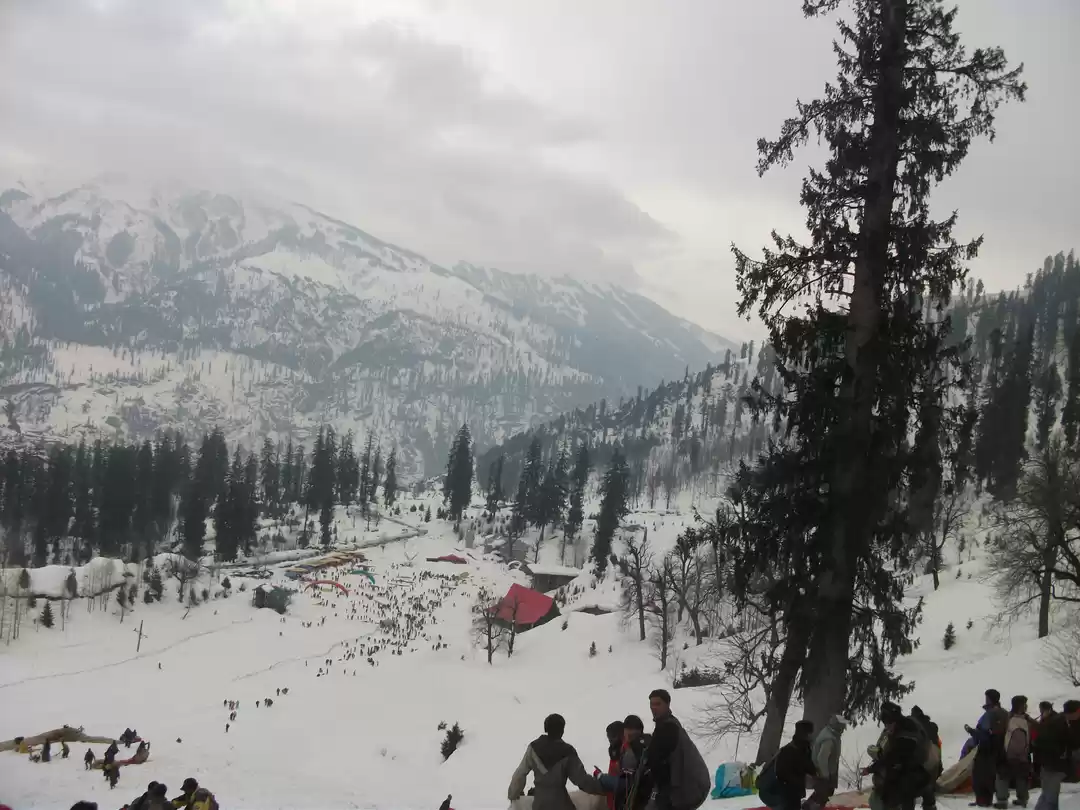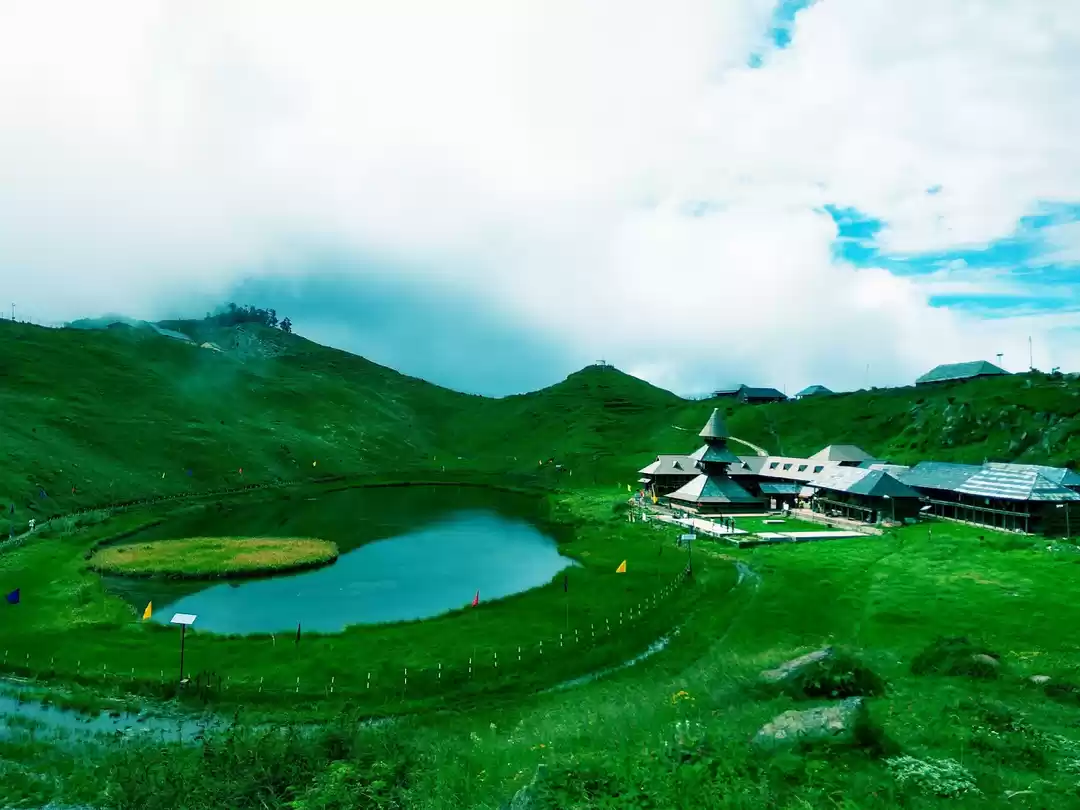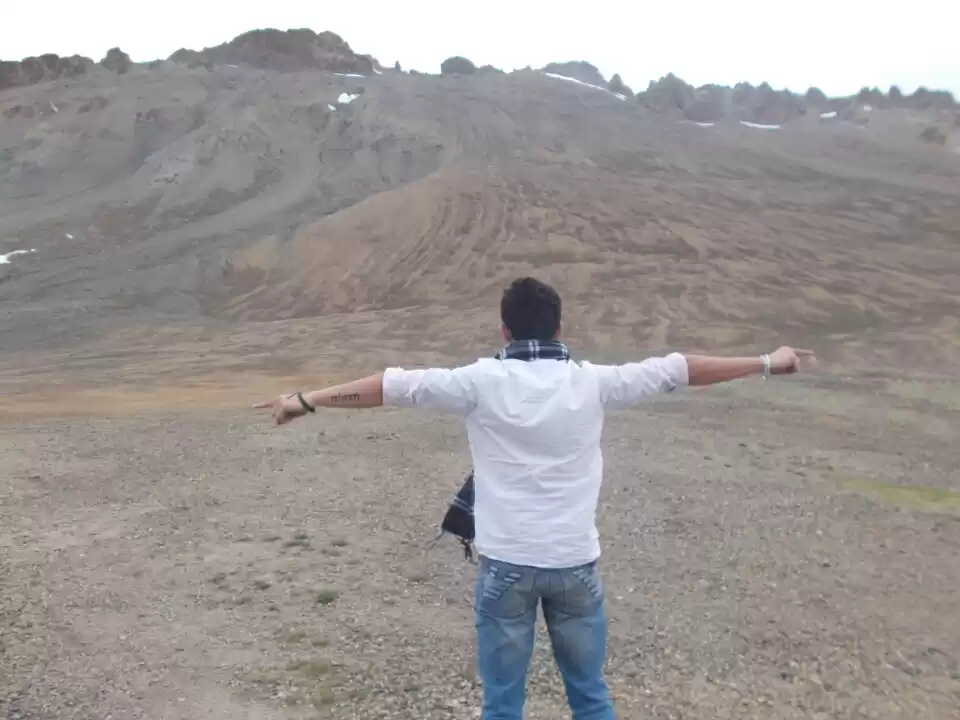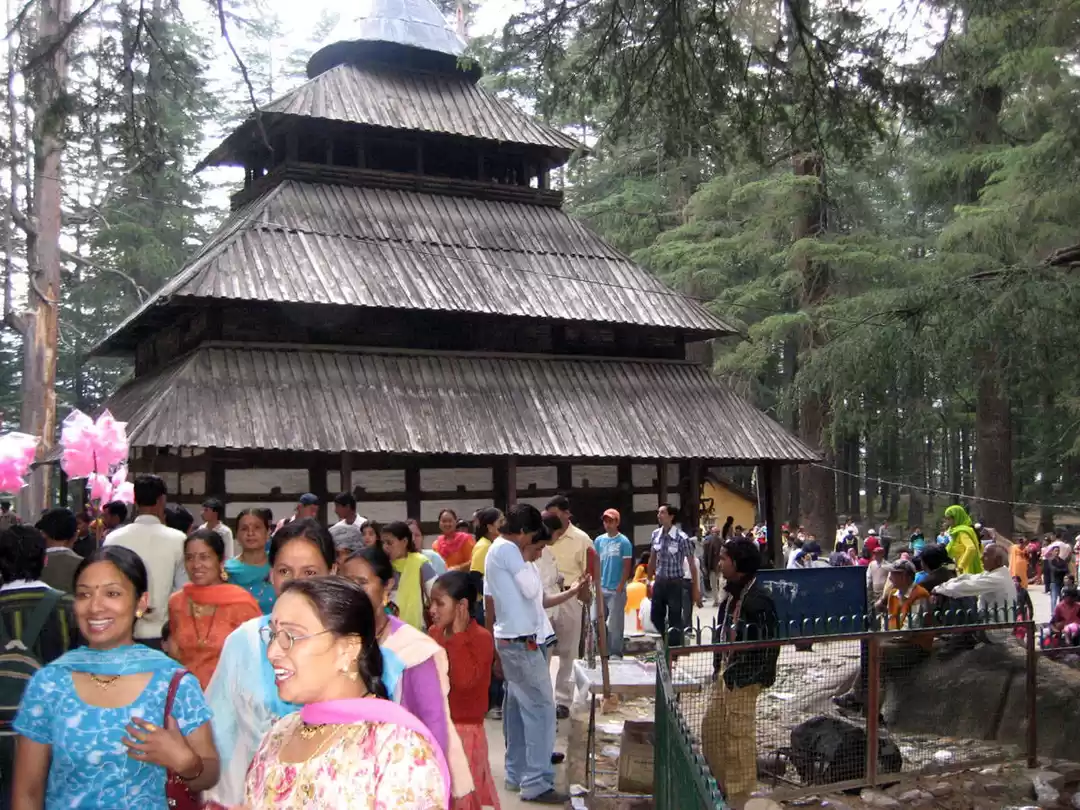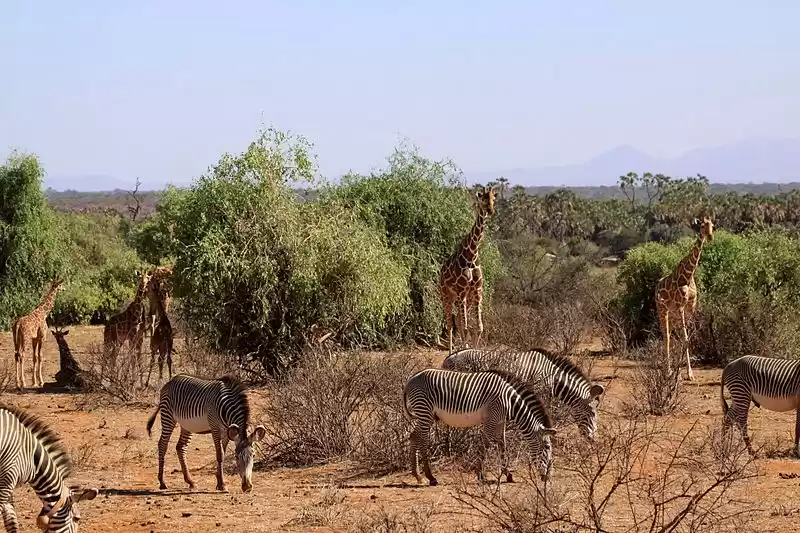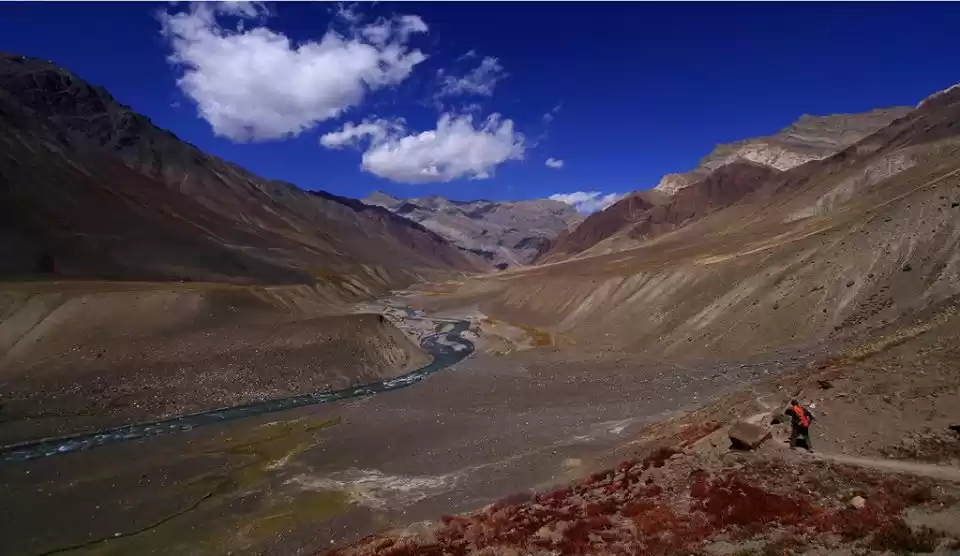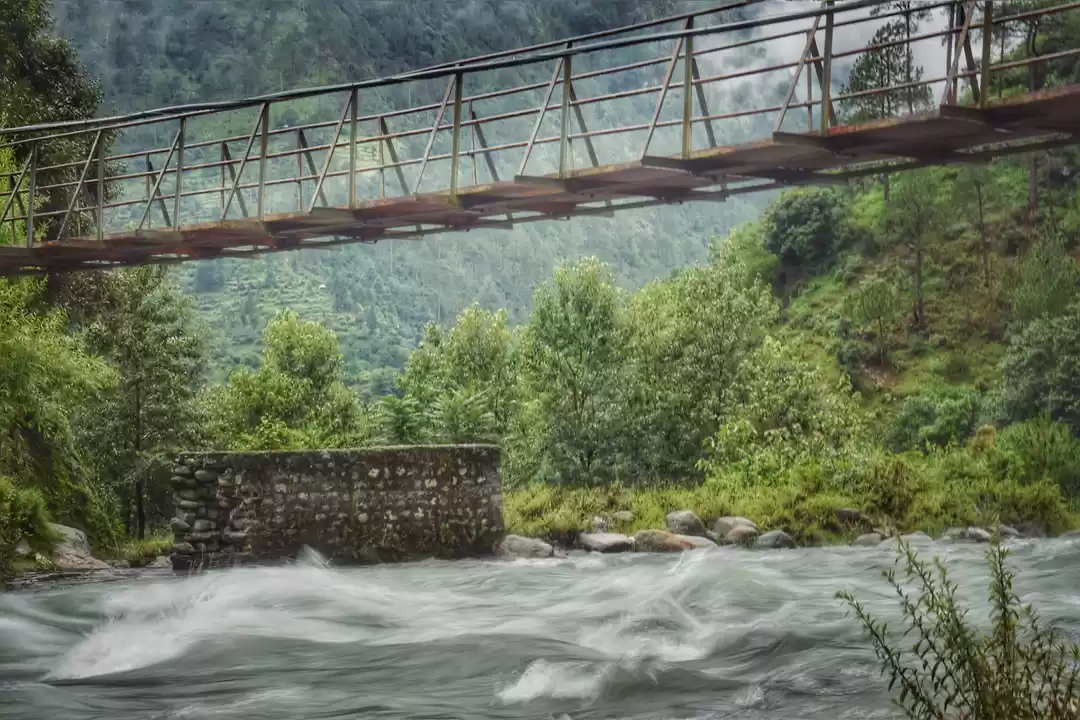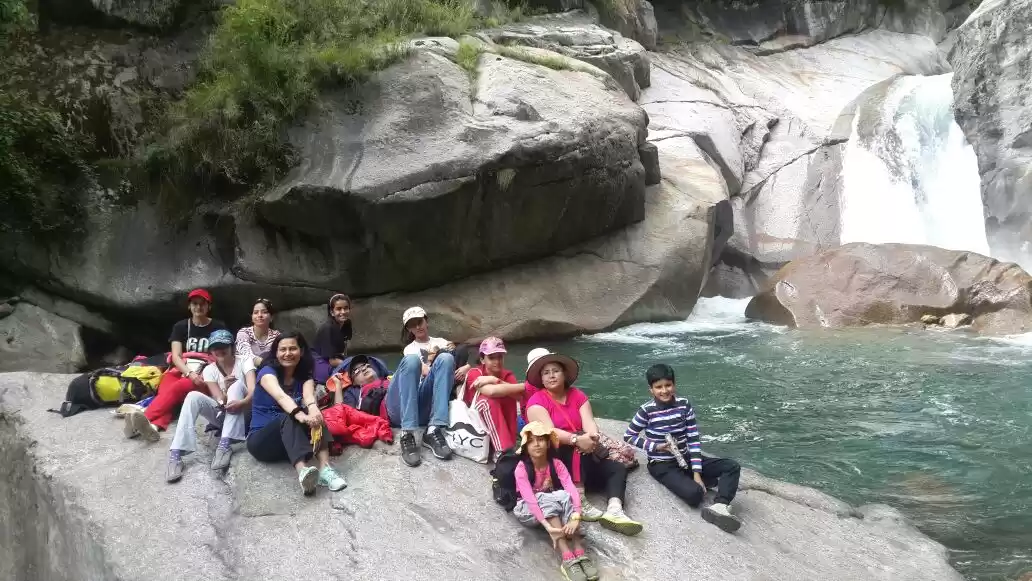If you are looking for a peaceful and picturesque getaway from the hustle and bustle of the city life, then Tirthan Valley is the perfect place for you. Tirthan Valley is a hidden gem of Himachal Pradesh that lies in the Kullu district, about 3 km away from the entrance of the Great Himalayan National Park. It derives its name from the Tirthan River that flows through it, creating a stunning landscape of lush green valleys, sparkling waterfalls, snow-capped mountains and quaint villages.
Tirthan Valley is an ideal destination for nature lovers and adventure seekers who want to explore the unspoiled beauty and biodiversity of the region. Whether you want to relax in the lap of nature, enjoy some thrilling activities or discover the rich culture and history of the locals, Tirthan Valley has something for everyone. In this article, we will tell you everything you need to know about Tirthan Valley, including the best places to visit, things to do and how to reach this amazing place.
Places to Visit in Tirthan Valley
Tirthan Valley is home to some of the most beautiful and fascinating places that will leave you spellbound with their natural beauty and charm. Here are some of the best places to visit in Tirthan Valley that you should not miss:

River Crossing
One of the most adventurous and exciting things to do in Tirthan Valley is river crossing. This activity involves sliding across the river on a rope while wearing a safety harness. The river crossing spot is located near the Sai Ropa Tourist Centre, where you can also find other facilities such as a cafeteria, a souvenir shop and a museum. The river crossing experience is exhilarating and fun as you feel the icy cold spray of the water and enjoy the scenic views of the valley. The cost of river crossing is around Rs. 100 per person and it is suitable for anyone above 12 years of age.

Serlosar Lake
Serlosar Lake is a serene and pristine lake that is located near Jalori Pass, about 5 km away from Tirthan Valley. The lake is surrounded by dense forests of deodar and oak trees and has clear water that reflects the blue sky. The lake is also believed to have some medicinal properties as it remains clean despite several leaves falling into it. To reach Serlosar Lake, you need to trek for about an hour from Jalori Pass, which is itself a stunning place for trekking and picnic. The trek to Serlosar Lake is easy to moderate and offers breathtaking views of the Himalayas along the way. You can also visit the nearby temple of Budhi Nagin, which is dedicated to a snake goddess who is said to protect the lake.

Jalori Pass
Jalori Pass is a spectacular place that connects Tirthan Valley with Shimla and Kullu districts. It is situated at an altitude of 3120 m above sea level and offers panoramic views of the Dhauladhar range of the Himalayas. Jalori Pass is one of the most popular places for trekking and camping in Tirthan Valley as it has several trails that lead to different destinations such as Serlosar Lake, Raghupur Fort, Saryolsar Lake and Lambri Top.
You can also enjoy a picnic at Jalori Pass as there are several dhabas that serve delicious local food such as rajma chawal, parathas and tea. The best time to visit Jalori Pass is between April and June or September and November when the weather is pleasant and clear.

Great Himalayan National Park
The Great Himalayan National Park (GHNP) is a UNESCO World Heritage Site that covers an area of 754 sq km in the Kullu district. It is one of the most biodiverse and pristine national parks in India that hosts a variety of flora and fauna. The park is home to more than 375 species of plants, 31 species of mammals, 181 species of birds, 9 species of reptiles, 12 species of amphibians and 127 species of insects.
Some of the rare and endangered animals that can be spotted in the park are snow leopard, Himalayan brown bear, Himalayan tahr, blue sheep, musk deer and monal. The park also has several trekking options ranging from easy to moderate hikes to challenging and strenuous treks. The permits for the core zone of the park can be obtained at the Sai Ropa Tourist Centre or the GHNP office in Shamshi.
Jibhi
Jibhi is a quaint and charming village that is located about 8 km away from Tirthan Valley. It is a perfect place to relax and unwind in the midst of nature. Jibhi has a lot to offer to its visitors such as scenic views, cozy homestays, delicious food, friendly locals and interesting attractions.
You can visit the Jibhi waterfall, which is a small but beautiful cascade that flows into a pool where you can take a dip or enjoy a picnic. You can also visit the Chehni Kothi, which is an ancient tower-like structure that was built by the local king as a fortification. You can also explore the nearby villages such as Shoja, Gada Gushaini and Sarchi that have their own charm and culture.
You may also like to read: Tirthan Valley – Paradise Unexplored
Things to Do in Tirthan Valley
Apart from visiting these amazing places, there are many other things to do in Tirthan Valley that will make your trip more memorable and enjoyable. Here are some of the best things to do in Tirthan Valley that you should not miss:
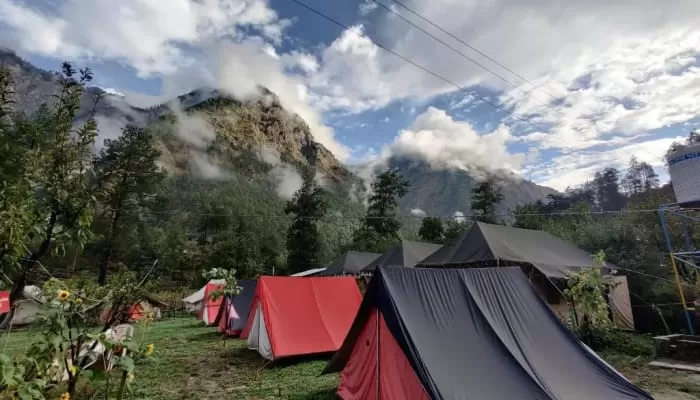
Trekking
Trekking is one of the most popular and rewarding things to do in Tirthan Valley as it offers you an opportunity to witness the beauty and diversity of nature at its best. There are many trekking trails in Tirthan Valley that suit different levels of difficulty and experience. Some of the famous treks are:

Tirthan Valley Trek: This is an easy to moderate trek that takes you through the lush green valley along the Tirthan River. The trek starts from Gushaini and ends at Rolla, covering a distance of about 10 km. The trek passes through dense forests, meadows, waterfalls and villages. You can also spot various birds and animals along the way.
Raghupur Fort Trek: This is a moderate to challenging trek that takes you to the ruins of an ancient fort that is located near Jalori Pass. The trek starts from Shoja and ends at Raghupur Fort, covering a distance of about 6 km. The trek offers stunning views of the Himalayas, the Tirthan Valley and the Serolsar Lake. The fort is believed to have been built by the Mandi rulers as a defensive structure against the invaders.
Saryolsar Lake Trek: This is an easy to moderate trek that takes you to a beautiful lake that is situated near Jalori Pass. The trek starts from Jalori Pass and ends at Saryolsar Lake, covering a distance of about 5 km. The trek passes through pine and oak forests, meadows and streams. The lake is surrounded by snow-capped mountains and has a temple dedicated to Goddess Budhi Nagin.
Camping
Camping is another fun and adventurous thing to do in Tirthan Valley as it allows you to experience the nature and culture of the region in a more intimate and authentic way. There are many camping sites in Tirthan Valley that offer comfortable tents, bonfires, music, food and other facilities. Some of the popular camping sites are:

Riverside Camping: This is a camping site that is located near the Tirthan River in Gushaini. It offers spacious tents with mattresses, blankets, pillows and chairs. It also has a common dining area, a kitchen, a washroom and a parking space. You can enjoy the sound of the river, the view of the valley and the starry sky at night. You can also indulge in activities such as fishing, river crossing, rock climbing and trekking.
Forest Camping: This is a camping site that is located near the Great Himalayan National Park in Sai Ropa. It offers cozy tents with mattresses, blankets, pillows and lanterns. It also has a common dining area, a kitchen, a washroom and a parking space. You can enjoy the sight of the forest, the wildlife and the birds. You can also indulge in activities such as hiking, birdwatching, photography and nature walk.
Birdwatching
Birdwatching is one of the most relaxing and rewarding things to do in Tirthan Valley as it gives you a chance to observe and admire the diverse and colorful avian life of the region. Tirthan Valley is home to more than 200 species of birds, some of which are rare and endangered. Some of the common birds that you can spot in Tirthan Valley are:

Himalayan Monal: This is a large and colorful bird that belongs to the pheasant family. It has a metallic green head, a purple chest, a blue back and a white tail. It is the state bird of Himachal Pradesh and Uttarakhand. It can be seen in high-altitude forests and meadows.
Western Tragopan: This is another large and colorful bird that belongs to the pheasant family. It has a black head, a red neck, a brown back and a white belly with black spots. It is one of the rarest and most threatened pheasants in the world. It can be seen in dense forests and grasslands.
Koklass Pheasant: This is a medium-sized bird that belongs to the pheasant family. It has a brown head, a gray neck, a chestnut back and a white belly with black bars. It is one of the most vocal pheasants in the world. It can be seen in coniferous and deciduous forests.
Himalayan Griffon Vulture:
This is a large and powerful bird that belongs to the vulture family. It has a bald head, a white neck ruff, a brown body and a white underwing. It is one of the highest flying birds in the world. It can be seen in mountainous regions scavenging on carcasses.
Cycling
Cycling is another enjoyable and eco-friendly thing to do in Tirthan Valley as it lets you explore the valley at your own pace and convenience. You can rent a bicycle from any of the local shops or homestays and ride along the winding roads, scenic trails and charming villages of Tirthan Valley. You can also join a guided cycling tour that will take you to some of the best places and attractions in the valley. Cycling is a great way to exercise, breathe fresh air and appreciate the beauty of nature.

Paragliding
Paragliding is one of the most thrilling and exhilarating things to do in Tirthan Valley as it offers you a bird’s eye view of the valley and the mountains. Paragliding is a sport that involves flying in the air with a parachute-like wing that is attached to a harness. You can either fly solo or tandem with an instructor who will control the wing and guide you through the flight. You can take off from any of the suitable locations in Tirthan Valley such as Jalori Pass, Shoja or Jibhi and land safely on a designated spot. Paragliding is a once-in-a-lifetime experience that you should not miss.
How to Reach Tirthan Valley
Tirthan Valley is well connected by different modes of transport such as air, rail and road. You can choose any of these modes depending on your preference, budget and availability. Here are some of the ways to reach Tirthan Valley:

By Air
The nearest airport to Tirthan Valley is Bhuntar Airport in Kullu, which is about 48 km away. The airport is connected to Delhi and Chandigarh by regular flights operated by Air India, SpiceJet and Alliance Air. From the airport, you can hire a taxi or a bus to reach Tirthan Valley, which will take about 2 hours and cost around Rs. 1500 for a taxi and Rs. 100 for a bus.
By Rail
The nearest railway station to Tirthan Valley is Joginder Nagar Railway Station, which is about 100 km away. The station is connected to Pathankot by a narrow-gauge train that runs twice a day. The train journey takes about 5 hours and costs around Rs. 50 for a general ticket and Rs. 200 for a first-class ticket. From the station, you can hire a taxi or a bus to reach Tirthan Valley, which will take about 3 hours and cost around Rs. 2000 for a taxi and Rs. 150 for a bus.
By Road
The most convenient and economical way to reach Tirthan Valley is by road as it has a good network of roads that connect it to various cities and towns in Himachal Pradesh and other neighboring states. You can either drive your own vehicle or take a state-run or private bus to reach Tirthan Valley. Some of the major routes are:
Delhi to Tirthan Valley: The distance is about 494 km and the route is via Chandigarh, Bilaspur, Mandi and Aut. The journey takes about 12 hours and costs around Rs. 1000 for a bus ticket and Rs. 4000 for fuel.
Chandigarh to Tirthan Valley: The distance is about 256 km and the route is via Bilaspur, Mandi and Aut. The journey takes about 7 hours and costs around Rs. 500 for a bus ticket and Rs. 2000 for fuel.
Manali to Tirthan Valley: The distance is about 80 km and the route is via Kullu, Bhuntar and Banjar. The journey takes about 3 hours and costs around Rs. 300 for a bus ticket and Rs. 800 for fuel.
You may also like to read: A 2-day guide to explore Tirthan Valley
Tirthan Valley is a hidden gem of Himachal Pradesh that offers scenic views, thrilling activities and serene vibes. It is an ideal destination for nature lovers and adventure seekers who want to explore the unspoiled beauty and biodiversity of the region. Whether you want to relax in the lap of nature, enjoy some thrilling activities or discover the rich culture and history of the locals, Tirthan Valley has something for everyone.
So what are you waiting for? Pack your bags, book your tickets and get ready to experience the beauty and charm of Tirthan Valley with Tripoto!



























